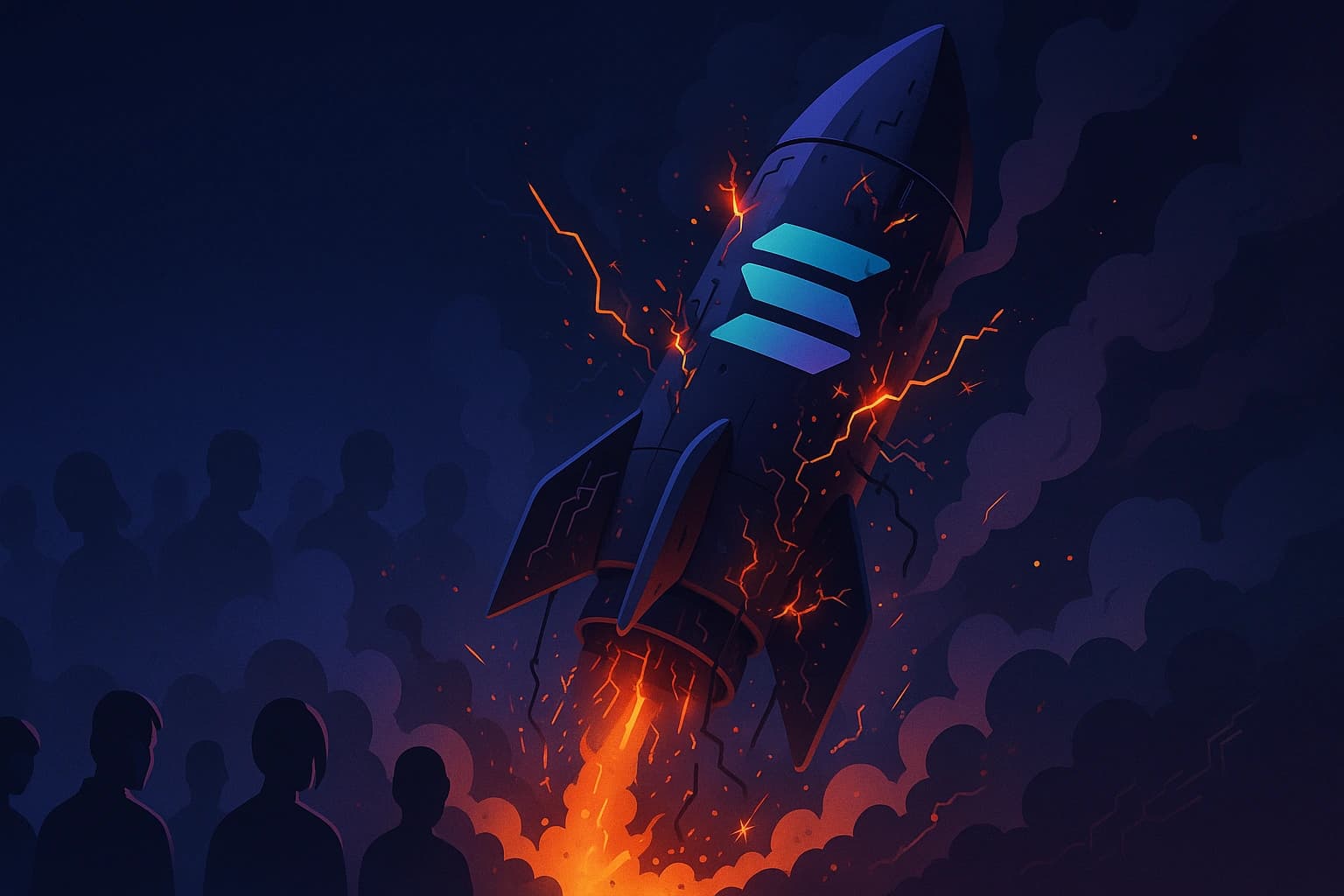Why Transparency Builds Trust in Solana Liquidity & DeFi
Prevent rug pulls with transparent Solana liquidity: disclose fees, use scanner-visible locks, and share on-chain proofs to build investor trust.

Why Transparency Builds Trust in Solana Liquidity & DeFi
In DeFi, liquidity is everything. Without it, tokens can’t trade, projects can’t grow, and communities can’t thrive.
But liquidity comes with a dark side: hidden fees, invisible locks, and rug pulls that destroy trust.
Transparency isn’t optional in Web3 — it’s survival.
Let’s explore why liquidity transparency matters and how to make it standard.
💀 The History of Liquidity Scams
Liquidity scams have plagued every blockchain:
- Rug pulls — Developers add liquidity, hype a token, then pull liquidity and vanish
- Hidden fees — Some tools silently add extra charges, draining value from users
- Fake locks — Liquidity is “locked” but not visible to scanners, leaving investors vulnerable
Case Example
A Solana token promised 6-month liquidity locks. On launch day, the lock didn’t show up on RugChecker or Solscan.
Within hours, the team pulled funds. Investors lost trust — and their SOL.
📉 The Cost of Opaque Liquidity
Opaque liquidity isn’t just a scam risk — it destroys entire ecosystems:
- Investors flee → Without visible locks, no one provides liquidity
- Communities collapse → Discords and Telegrams empty overnight after failed trust events
- Ecosystem reputation suffers → Every rug pull makes Solana look weaker to outsiders
Transparency is the only antidote.
🔍 What True Liquidity Transparency Looks Like
-
Clear Fee Disclosure
- Every LP creation should show a breakdown:
- Raydium/AMM fees
- Platform/tool fees
- Network (SOL) fees
- Every LP creation should show a breakdown:
-
Scanner-Visible Locks
- Liquidity must show on RugChecker, Solscan, and explorers
- If investors can’t see the lock, they assume it doesn’t exist
-
On-Chain Proof Pages
- Direct links that prove liquidity is locked, immutable, and verifiable
- No screenshots. No trust-me statements. Only proofs
To launch transparently, first create Solana tokens, then create a liquidity pool with full fee visibility. If you're just getting started, read how Solana works.
📊 Rug Pulls by the Numbers
- In 2023–24, over $2B in DeFi losses were attributed to rug pulls
- On Solana alone, dozens of projects were flagged by watchdogs for hidden liquidity practices
- Surveys show 70% of retail investors rank “trust in liquidity” as their #1 factor before buying a new token
Key Takeaway
The battle for adoption isn’t about yield. It’s about trust.
✅ Best Practices for Solana Liquidity Transparency
Before You Launch
- [ ] Publish your liquidity plan (how much, where, when)
- [ ] Commit to transparent fee structures
- [ ] Use tools that integrate with popular scanners
During Launch
- [ ] Share proof links of liquidity locks
- [ ] Pin liquidity transaction hashes in community channels
- [ ] Provide real-time feedback (not silent failures)
After Launch
- [ ] Keep liquidity dashboards live and public
- [ ] Refresh community with reminders of lock duration
- [ ] Avoid surprises — no “hidden unlocks”
🛠️ How DEXArea Makes Transparency Default
At DEXArea, we don’t treat transparency as an “extra” — it’s built into the toolkit:
- Clear Fee Panels → every LP creation shows where every SOL goes
- Scanner-Ready Locks → liquidity proofs visible on RugChecker, Solscan, and explorers
- On-Chain Proof Pages → shareable links for Discord, Twitter, and Telegram
- Community Protection → locks, fees, and contracts made verifiable by default
📢 Final Takeaway
Web3 doesn’t just need liquidity — it needs trustworthy liquidity.
Without transparency, DeFi collapses under its own weight.
👉 With DEXArea, builders can prove their liquidity is locked, visible, and verifiable — turning a potential fear into a trust signal.
In Web3, transparency isn’t optional. It’s survival.



